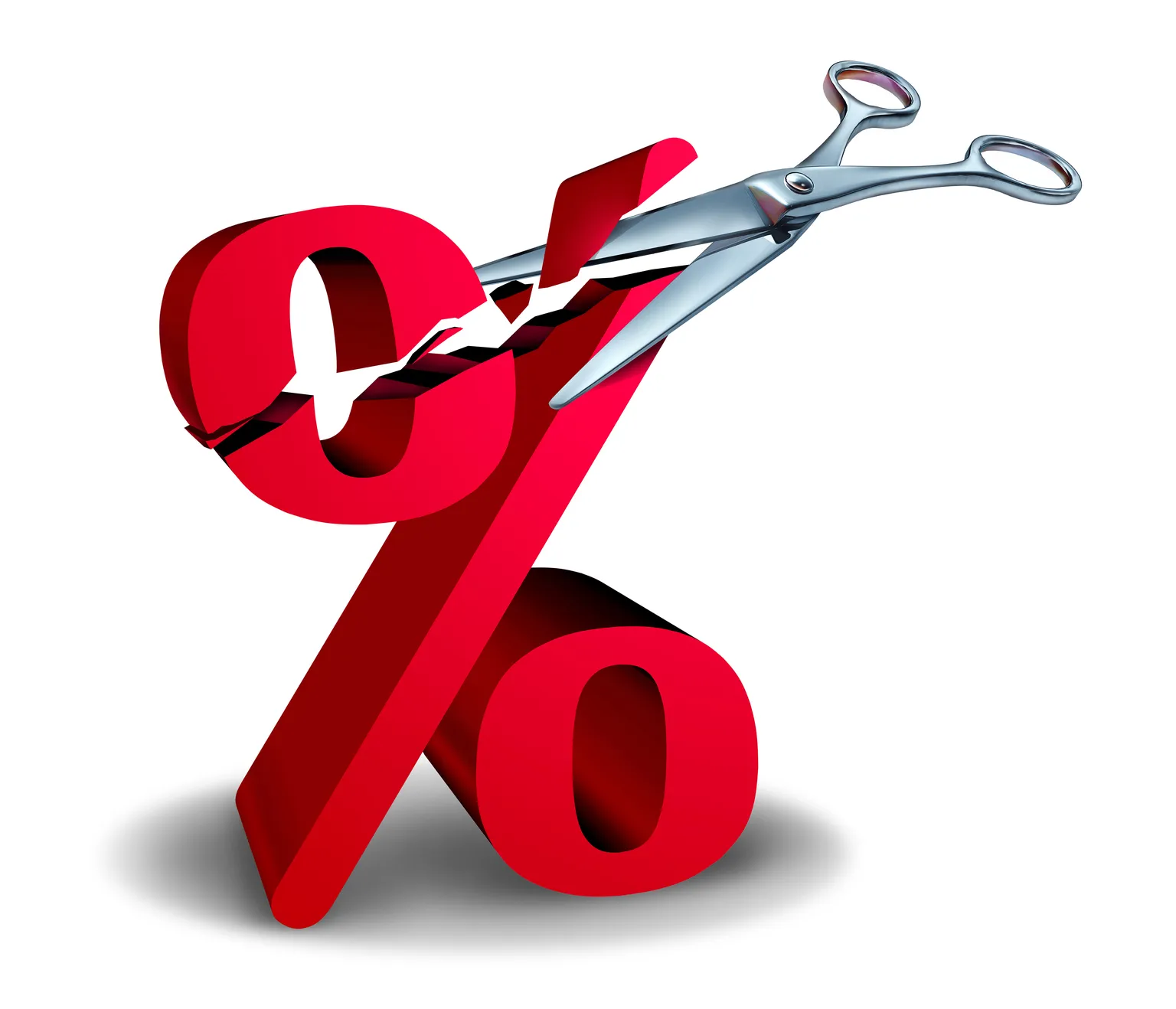What Happens After The Fed’s First Rate Cut: Analyzing Market Trends

Market Reaction to Rate Cuts
What happens after the Fed’s first rate cut can dramatically influence the stock market. Typically, an initial rate cut is seen as a positive indicator, leading to increased consumer spending and investment. As interest rates decline, borrowing costs become lower, encouraging both corporate and personal investments.
Historical Context
Looking back, previous rate cuts have often preceded bull markets. Analyzing data shows that following the Fed's first rate cut, markets tend to react favorably:
- S&P 500 averages gains of 15% in the first year post-cut.
- Increased consumer confidence boosts retail sales.
- Sector rotations often favor technology and consumer discretionary stocks.
Investor Strategies Post-Cut
Investors usually shift their strategies following the Fed's decision:
- Adjusting Portfolios: Diversifying to include more high-risk assets.
- Bond Market Reactions: Yields on bonds may fall further.
- Monitoring Macro Indicators: Keep an eye on inflation rates and unemployment data.
Future Outlook
As the market adjusts to the realities of a lower interest rate environment, understanding what happens after the Fed’s first rate cut becomes essential for investors. Anticipating shifts in market sentiment can position one for potential opportunities.
This article was prepared using information from open sources in accordance with the principles of Ethical Policy. The editorial team is not responsible for absolute accuracy, as it relies on data from the sources referenced.